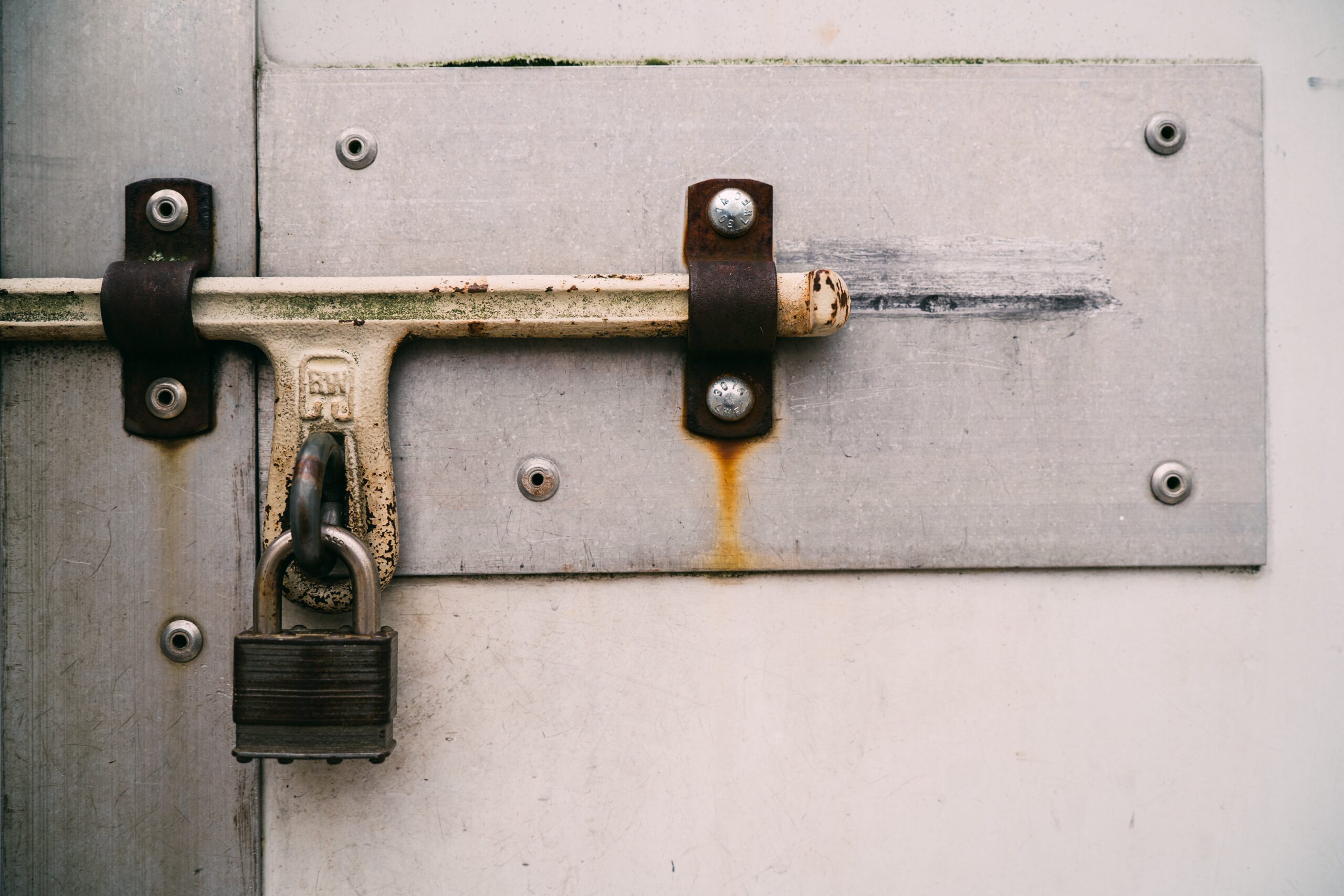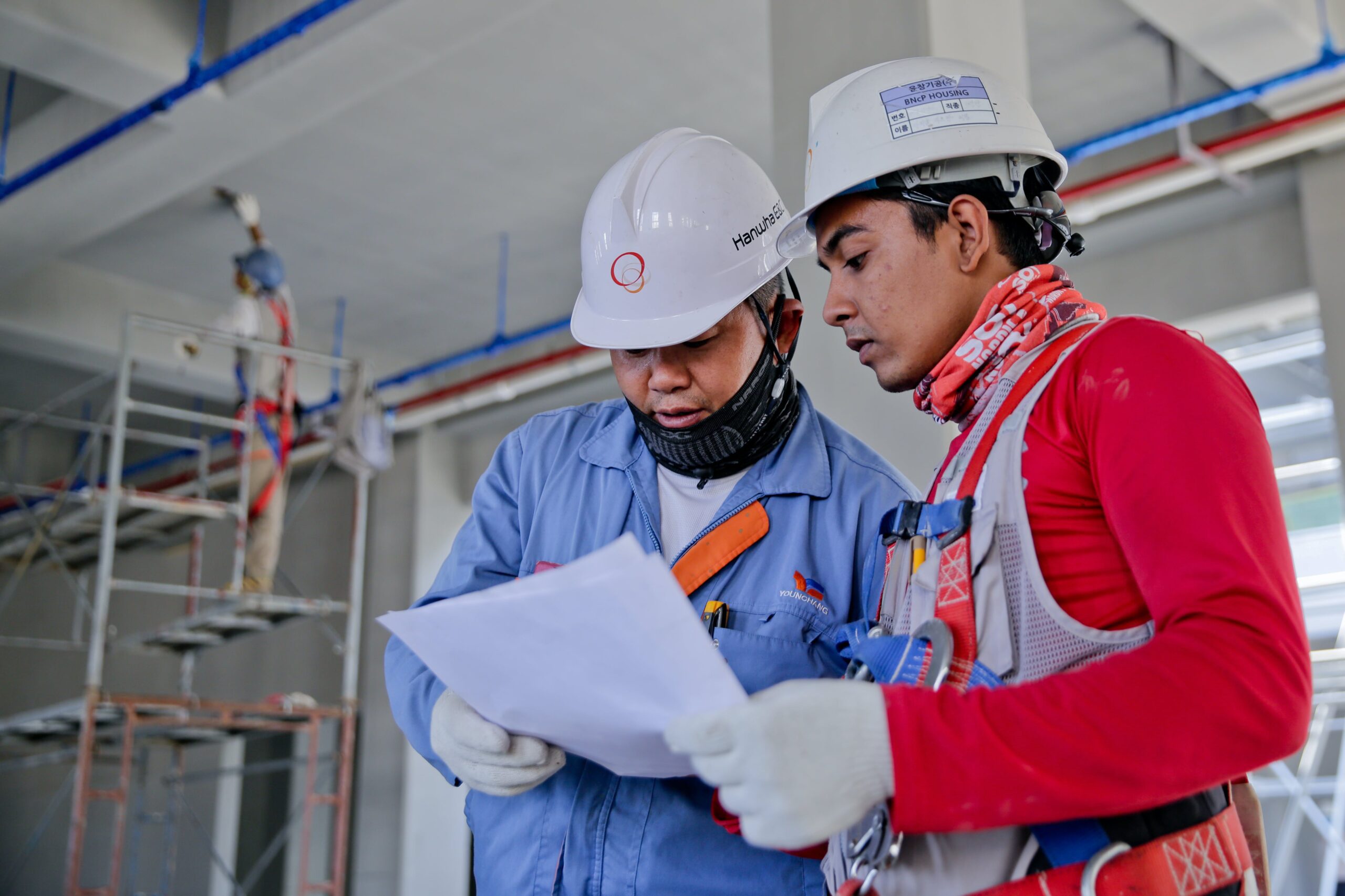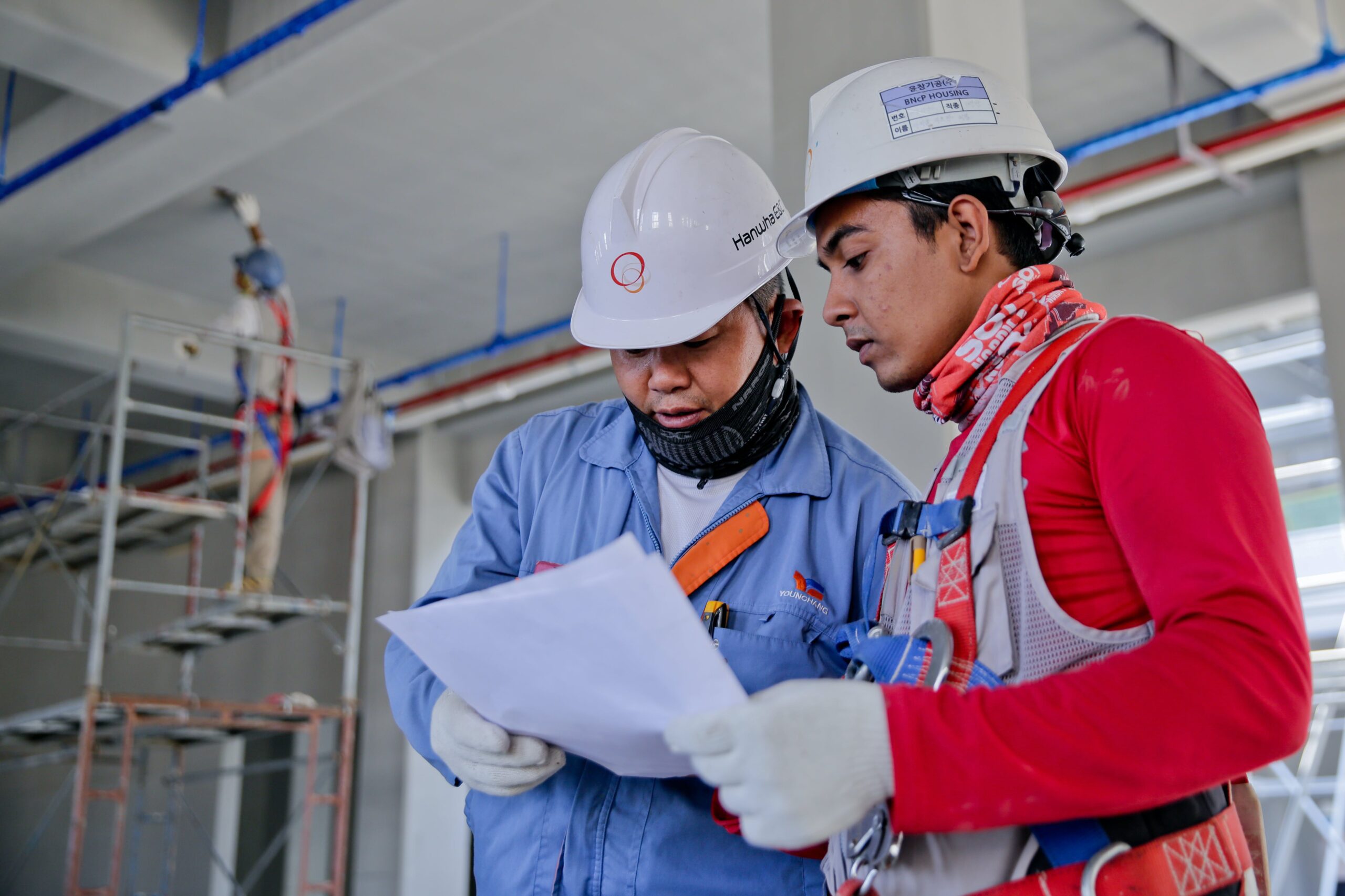Skateboarding is an exhilarating sport that demands a sense of adventure and fearlessness, but it also comes with its fair share of risks. To ensure your safety while shredding the streets or mastering tricks at the skate park, it is crucial to equip yourself with the essential safety gear. From helmets to pads and gloves, this article will guide you through the must-have protective equipment that every skateboarder should invest in. So, gear up and get ready to roll with confidence and peace of mind!
1. Helmet
Skateboarding helmets are a crucial piece of safety gear that can protect your head from potentially serious injuries. There are several types of skateboarding helmets available, each designed to provide different levels of protection. The most common types include:
1.1 Types of Skateboarding Helmets
- Traditional Skateboarding Helmets: These helmets cover the entire head and have a hard outer shell with a foam interior for impact absorption.
- Half-Shell Helmets: Similar to traditional helmets, half-shell helmets provide coverage for the top and back of the head. However, they have a sleeker and more streamlined design, making them a popular choice among skateboarders.
- Full-Face Helmets: As the name suggests, full-face helmets offer complete face and head protection. They are recommended for downhill skateboarding or other high-impact activities.
1.2 Choosing the Right Helmet
When choosing a helmet, it is important to consider factors such as comfort, fit, durability, and level of protection. Look for helmets that meet safety standards, such as those set by organizations like ASTM International or the Consumer Product Safety Commission (CPSC). Additionally, consider the helmet’s ventilation features to ensure proper airflow during your skateboarding sessions.
1.3 Proper Helmet Fit
A properly fitting helmet is essential for optimal protection. To ensure a secure fit, the helmet should sit level on your head, covering the forehead without obstructing your vision. It should have a snug but not overly tight fit, and the straps should be adjusted to keep the helmet in position.
1.4 Helmet Safety Standards
Helmets used for skateboarding should meet specific safety standards. Look for certifications or labels indicating compliance with standards such as ASTM F1492 or CPSC standards. These safety standards ensure that the helmet has undergone rigorous testing and will provide adequate protection in case of an impact.
2. Knee Pads
2.1 Importance of Knee Pads
Knee pads are a vital part of skateboarding safety gear, as they protect your knees from impact, abrasions, and injuries. Falls and collisions while skateboarding can put immense strain on the knees, making knee pads essential for protecting this vulnerable joint.
2.2 Types of Knee Pads
There are different types of knee pads available on the market, including:
- Hard-shell Knee Pads: These knee pads have a rigid exterior shell for maximum protection against impacts.
- Soft-shell Knee Pads: Soft-shell knee pads are made of flexible materials such as neoprene or foam. They offer more comfort and flexibility but may provide slightly less impact protection compared to hard-shell pads.
2.3 Choosing the Right Knee Pads
When choosing knee pads, opt for a pair that fits securely and comfortably. Consider the size, adjustability, and material of the knee pads. It is essential to find knee pads that offer a balance between comfort, flexibility, and impact protection.
2.4 Proper Knee Pad Fit
To ensure proper knee pad fit, measure the circumference of your knee and choose a size that matches your measurements. Knee pads should fit snugly without restricting movement or circulation. Adjust the straps to keep the pads in place and ensure they do not slip off during skateboarding.
2.5 Maintaining and Replacing Knee Pads
Regularly inspect your knee pads for signs of wear and tear, such as frayed straps or damaged padding. Follow the manufacturer’s guidelines for cleaning and maintenance, as improper care can shorten the lifespan of your knee pads. It is important to replace knee pads if they become damaged or lose their ability to provide adequate protection.

3. Elbow Pads
3.1 Importance of Elbow Pads
Elbow pads are essential to prevent injuries to the elbows, which can be susceptible to impact and abrasions during skateboarding. Wearing elbow pads can significantly reduce the risk of fractures, dislocations, and other elbow-related injuries.
3.2 Types of Elbow Pads
There are various types of elbow pads available, including:
- Hard-shell Elbow Pads: These pads have a rigid outer shell for maximum impact resistance.
- Soft-shell Elbow Pads: Soft-shell elbow pads are made of flexible materials and provide a balance between comfort and impact protection.
3.3 Choosing the Right Elbow Pads
Select elbow pads that fit properly and provide adequate protection. Consider factors such as size, adjustability, and material. Look for elbow pads that offer a secure and comfortable fit while allowing freedom of movement.
3.4 Proper Elbow Pad Fit
Ensure that your elbow pads fit securely without restricting movement or causing discomfort. Measure the circumference of your elbow and choose the appropriate size accordingly. Adjust the straps to keep the pads in place and ensure a snug fit.
3.5 Maintaining and Replacing Elbow Pads
Regularly inspect your elbow pads for any signs of damage or wear. Check the straps and padding for reliability and functionality. Follow the manufacturer’s instructions for cleaning and maintenance. It is important to replace elbow pads if they show signs of significant wear or lose their protective capabilities.
4. Wrist Guards
4.1 Importance of Wrist Guards
Wrist guards are designed to protect your wrists from fractures, sprains, and other injuries that can occur during skateboarding falls. They provide support and stabilization to the wrists, reducing the risk of impact-related injuries.
4.2 Types of Wrist Guards
Wrist guards come in different types, including:
- Hard-shell Wrist Guards: These guards have a rigid outer shell that provides enhanced protection against impacts.
- Soft-shell Wrist Guards: Soft-shell guards are made of flexible materials and offer a balance between protection and comfort.
4.3 Choosing the Right Wrist Guards
When selecting wrist guards, consider factors such as size, adjustability, and the level of impact protection required. Ensure that the guards fit securely and provide appropriate support to the wrists.
4.4 Proper Wrist Guard Fit
Wrist guards should fit snugly without being too tight or uncomfortable. Measure your wrist circumference and choose the appropriate size accordingly. Adjust the straps to ensure a secure fit, allowing for freedom of movement while providing ample protection.
4.5 Maintaining and Replacing Wrist Guards
Regularly check your wrist guards for any signs of wear or damage. Ensure that the straps and padding are in good condition. Clean the guards according to the manufacturer’s instructions. Replace wrist guards if they become damaged or lose their effectiveness in protecting your wrists.

5. Gloves
5.1 Purpose of Skateboarding Gloves
Skateboarding gloves serve multiple purposes, including protecting the hands from abrasions and providing enhanced grip on the skateboard. They can also protect the palms and fingers during falls or collisions.
5.2 Types of Skateboarding Gloves
There are different types of skateboarding gloves available, such as:
- Full-Finger Gloves: These gloves cover the entire hand and provide maximum protection.
- Fingerless Gloves: Fingerless gloves offer more dexterity while still protecting the palms and backs of the hands.
5.3 Choosing the Right Gloves
Consider factors such as the level of protection required, comfort, and grip when choosing skateboarding gloves. Look for gloves made from durable materials that can withstand the rigors of skateboarding.
5.4 Proper Glove Fit
Skateboarding gloves should fit snugly without restricting movement or causing discomfort. Measure your hand circumference to determine the appropriate size. Adjust any straps or closures to ensure a secure fit.
5.5 Maintaining and Replacing Gloves
Regularly inspect your skateboarding gloves for wear and tear. Pay attention to any damage or loss of grip. Follow the manufacturer’s guidelines for cleaning and maintenance, and replace gloves that are no longer providing sufficient protection or functionality.
6. Mouthguard
6.1 Importance of a Mouthguard
Mouthguards are essential for protecting your teeth, gums, and jaw during skateboarding. Falls or collisions can result in impacts to the mouth, potentially causing dental injuries or jaw fractures. Wearing a mouthguard can significantly reduce the risk of such injuries.
6.2 Types of Mouthguards
There are different types of mouthguards available, including:
- Stock Mouthguards: These pre-formed mouthguards are ready to use but may not provide a perfect fit.
- Boil-and-Bite Mouthguards: Boil-and-bite mouthguards can be heated and molded to fit your teeth, providing a more customized fit and better protection.
- Custom Mouthguards: Custom-made mouthguards are designed specifically for your mouth by dental professionals, offering the best fit and highest level of protection.
6.3 Choosing the Right Mouthguard
Consider your preferences, budget, and level of protection needed when choosing a mouthguard. While custom mouthguards offer the best fit, stock or boil-and-bite mouthguards can still provide adequate protection.
6.4 Using and Cleaning a Mouthguard
Follow the manufacturer’s instructions for properly fitting and using the mouthguard. Rinse the mouthguard with water before and after each use, and brush it with toothpaste or mild soap to keep it clean and fresh. Store the mouthguard in a ventilated case to prevent bacteria growth.

7. Impact Shorts
7.1 Purpose of Impact Shorts
Impact shorts are designed to protect your hips, tailbone, and buttocks from impacts and abrasions during falls. They provide additional padding and impact absorption to reduce the risk of injuries to these vulnerable areas.
7.2 Types of Impact Shorts
Different types of impact shorts include:
- Padded Shorts: Padded shorts have built-in foam padding strategically placed around the hips, tailbone, and buttocks for impact protection.
- Protective Shorts: These shorts have additional hard-shell inserts for enhanced protection against high-impact falls.
7.3 Choosing the Right Impact Shorts
Consider the level of protection required, comfort, and flexibility when selecting impact shorts. Look for shorts that fit well and provide ample padding in the vulnerable areas.
7.4 Proper Impact Shorts Fit
Impact shorts should fit snugly without being too tight or restrictive. Measure your hip circumference and choose the appropriate size accordingly. Adjust any straps or closures to ensure a secure fit.
7.5 Maintaining and Replacing Impact Shorts
Regularly check your impact shorts for signs of wear or damage, such as worn-out padding or torn fabric. Follow the manufacturer’s instructions for cleaning and maintenance, and replace impact shorts if they become damaged or lose their protective capabilities.
8. Shin Guards
8.1 Importance of Shin Guards
Shin guards provide protection to the shins and lower legs, minimizing the risk of injuries from impacts or contact with the skateboard. They can prevent bruises, cuts, and other injuries that can occur during skateboarding.
8.2 Types of Shin Guards
Different types of shin guards include:
- Slip-On Shin Guards: These guards are designed to be slipped onto the shin and offer a lightweight and flexible option for protection.
- Strap-On Shin Guards: Strap-on shin guards have adjustable straps for a more secure fit and better protection against impacts.
8.3 Choosing the Right Shin Guards
Consider factors such as comfort, flexibility, and level of protection when choosing shin guards. Look for guards that provide adequate coverage and fit securely on your legs.
8.4 Proper Shin Guard Fit
Shin guards should fit comfortably and securely without restricting movement or causing discomfort. Measure the circumference of your lower leg to determine the appropriate size. Adjust any straps or closures to ensure a snug and stable fit.
8.5 Maintaining and Replacing Shin Guards
Regularly inspect your shin guards for any signs of wear, such as worn-out padding or damaged straps. Follow the manufacturer’s instructions for cleaning and maintenance. Replace shin guards if they become significantly damaged or lose their protective capabilities.
9. Ankle Braces
9.1 Importance of Ankle Braces
Ankle braces provide support and stability to the ankles, minimizing the risk of sprains, twists, or other ankle injuries while skateboarding. They can be particularly beneficial for skateboarders performing tricks or participating in high-impact activities.
9.2 Types of Ankle Braces
Different types of ankle braces include:
- Lace-Up Ankle Braces: These braces are laced up like shoes and provide a more customized fit and support to the ankles.
- Strap-On Ankle Braces: Strap-on braces have adjustable straps for a secure fit and are quick and easy to put on and take off.
9.3 Choosing the Right Ankle Braces
Consider the level of support needed, comfort, and flexibility when choosing ankle braces. Look for braces that provide adequate stability without restricting your range of motion.
9.4 Proper Ankle Brace Fit
Ankle braces should fit snugly without causing discomfort or limiting movement. Follow the manufacturer’s guidelines for measuring your ankle and choosing the appropriate size. Adjust any straps or closures to ensure a secure fit.
9.5 Maintaining and Replacing Ankle Braces
Regularly inspect your ankle braces for any signs of wear or damage. Follow the manufacturer’s instructions for cleaning and maintenance. Replace ankle braces if they become significantly worn or lose their ability to provide adequate support and stability.
10. High-Visibility Clothing
10.1 Importance of High-Visibility Clothing
High-visibility clothing, such as reflective vests or brightly colored apparel, plays a crucial role in skateboarding safety, especially when skateboarding near roads or in low-light conditions. Wearing high-visibility clothing can help increase your visibility to drivers and other pedestrians, reducing the risk of accidents.
10.2 Choosing the Right High-Visibility Clothing
When selecting high-visibility clothing, opt for bright colors, reflective materials, and garments with reflective stripes. Consider the visibility requirements of the skateboarding environment and choose clothing that provides maximum visibility.
10.3 Guidelines for Safe Skateboarding Apparel
- Ensure that high-visibility clothing is properly fitted and comfortable to wear during skateboarding sessions.
- Look for clothing made from breathable and moisture-wicking materials to maintain comfort during physical activity.
- Follow the care instructions provided by the manufacturer to ensure the longevity and effectiveness of the high-visibility features.
- Regularly inspect high-visibility clothing for wear and tear, replacing it if it loses its reflective properties or becomes significantly damaged.
By investing in and properly using the essential safety gear outlined above, you can significantly reduce the risk of skateboarding-related injuries and enjoy a safer and more enjoyable skateboarding experience. Remember, safety should always be a top priority!

